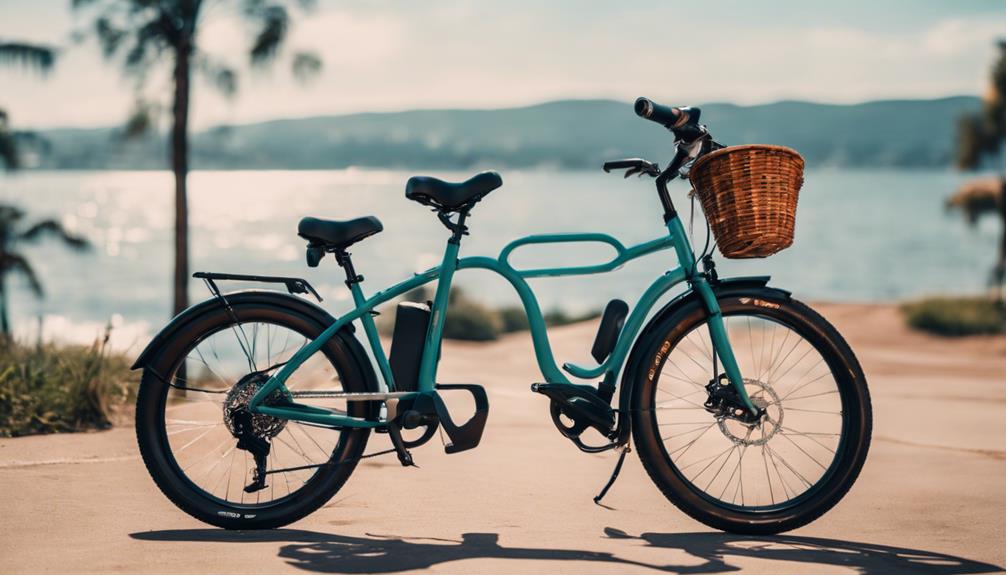In recent years, adult bicycles have surged in popularity, transforming from a casual hobby into a serious mode of transportation and a viable fitness option. As urban areas become increasingly congested and environmental concerns grow, many adults are turning to bicycles for commuting, leisure, and exercise. This article delves into the reasons behind this trend, the various types of adult bicycles available, and the innovations that are shaping the future of cycling.
The Shift Towards Cycling: Why Adults Are Choosing Bicycles
Several factors contribute to the increasing preference for bicycles among adults:
- Environmental Concerns: As the world grapples with climate change, many adults are looking for eco-friendly alternatives to cars. Bicycles produce zero emissions and require significantly less energy to manufacture and maintain.
- Health Benefits: Cycling is an excellent cardiovascular workout that can help reduce the risk of chronic diseases such as obesity, diabetes, and heart disease. Regular cycling also promotes mental well-being by reducing stress and anxiety.
- Cost-Effectiveness: Bicycles are generally much cheaper to purchase, maintain, and operate compared to cars. This financial incentive is particularly appealing in urban areas where parking and gasoline prices can be exorbitant.
- Traffic Congestion: As cities become more crowded, bicycles offer a practical solution to avoid traffic jams and lengthy commutes.
Types of Adult Bicycles: Finding the Right Fit
With a variety of bicycles available, it’s essential to understand the different types to choose the one that best suits your needs:
- Road Bikes: Designed for speed and efficiency, road bikes feature lightweight frames and thin tires. They are ideal for paved surfaces and long-distance rides.
- Mountain Bikes: Built for rugged terrains, mountain bikes come with wider tires and a robust frame. They are perfect for off-road cycling and can handle various terrains.
- Hybrid Bikes: These bicycles combine elements of road and mountain bikes, making them versatile for both commuting and recreational riding on varied surfaces.
- Cruiser Bikes: Known for their comfort, cruiser bikes feature a relaxed frame and wide tires. They are perfect for casual rides on flat terrain.
- E-Bikes: Electric bicycles have gained immense popularity due to their pedal-assist feature, making cycling accessible to a broader audience, including those who may have physical limitations.
Case Studies: Cities Leading the Way in Cycling Infrastructure
Several cities around the world have embraced cycling as a primary mode of transportation, implementing infrastructure that promotes safety and convenience:
1. Copenhagen, Denmark
Copenhagen is often cited as one of the best cities for cyclists. With over 390 kilometers of dedicated bike lanes, the city has seen a significant rise in cycling rates. According to a 2020 report, about 62% of Copenhagen’s residents commute by bicycle regularly. The city has invested heavily in bike-sharing programs and infrastructure, making cycling an integral part of urban life.
2. Amsterdam, Netherlands
Amsterdam is synonymous with cycling culture. Approximately 50% of the city’s residents use bicycles daily. The city boasts an extensive network of bike paths, bike parking facilities, and traffic regulations that prioritize cyclists. The city’s commitment to cycling has resulted in reduced traffic congestion and improved air quality.
3. Portland, Oregon, USA
Portland is known for its progressive cycling policies and infrastructure. The city has developed a comprehensive bike plan that includes over 350 miles of bike lanes, bike-sharing programs, and community initiatives to encourage cycling. The result has been a steady increase in bike commuters, with nearly 8% of Portland residents opting for bicycles as their primary mode of transport.
Innovations in Adult Bicycles: What’s Next?
The cycling industry is continuously evolving, with innovations that enhance the cycling experience:
- Smart Bicycles: With the integration of technology, smart bicycles come equipped with GPS, fitness tracking, and anti-theft features. This connectivity enhances the cycling experience and provides valuable data to cyclists.
- Improved Safety Features: New advancements in bike lights, reflective materials, and visibility gear are making cycling safer. Innovations like automatic brakes and collision detection systems are also on the rise.
- Customizable Designs: Many companies now offer customizable bikes, allowing riders to choose colors, accessories, and features that fit their personal style and needs.
- Sustainable Materials: As environmental awareness grows, manufacturers are increasingly using sustainable materials in bike production, reducing the carbon footprint of cycling.
Statistics That Highlight the Cycling Trend
Several studies and statistics underscore the growing trend of adult cycling:
- A 2021 study by the National Sporting Goods Association reported a 40% increase in cycling participation among adults in the United States since 2019.
- According to the European Cyclists’ Federation, cycling could reduce urban traffic by 30% if more people opted for bicycles instead of cars.
- Research from the League of American Bicyclists indicates that every mile ridden by bicycle can save $0.23 in healthcare costs, highlighting the health benefits associated with cycling.
Conclusion: Embracing the Bicycle Revolution
The rise of adult bicycles is more than just a trend; it represents a significant shift towards healthier, more sustainable lifestyles. As cities evolve to accommodate cycling, and as innovations enhance the cycling experience, the future looks bright for adult cyclists. The benefits—ranging from environmental impact to personal health—are compelling reasons for more adults to embrace this mode of transportation. Whether for commuting, exercise, or leisure, cycling offers a multitude of advantages that contribute to a better quality of life.
As we move forward, it is crucial for urban planners, policymakers, and communities to continue fostering an environment that supports cycling. By doing so, we can ensure that the growing trend of adult bicycles becomes a lasting movement that benefits individuals and society as a whole.
